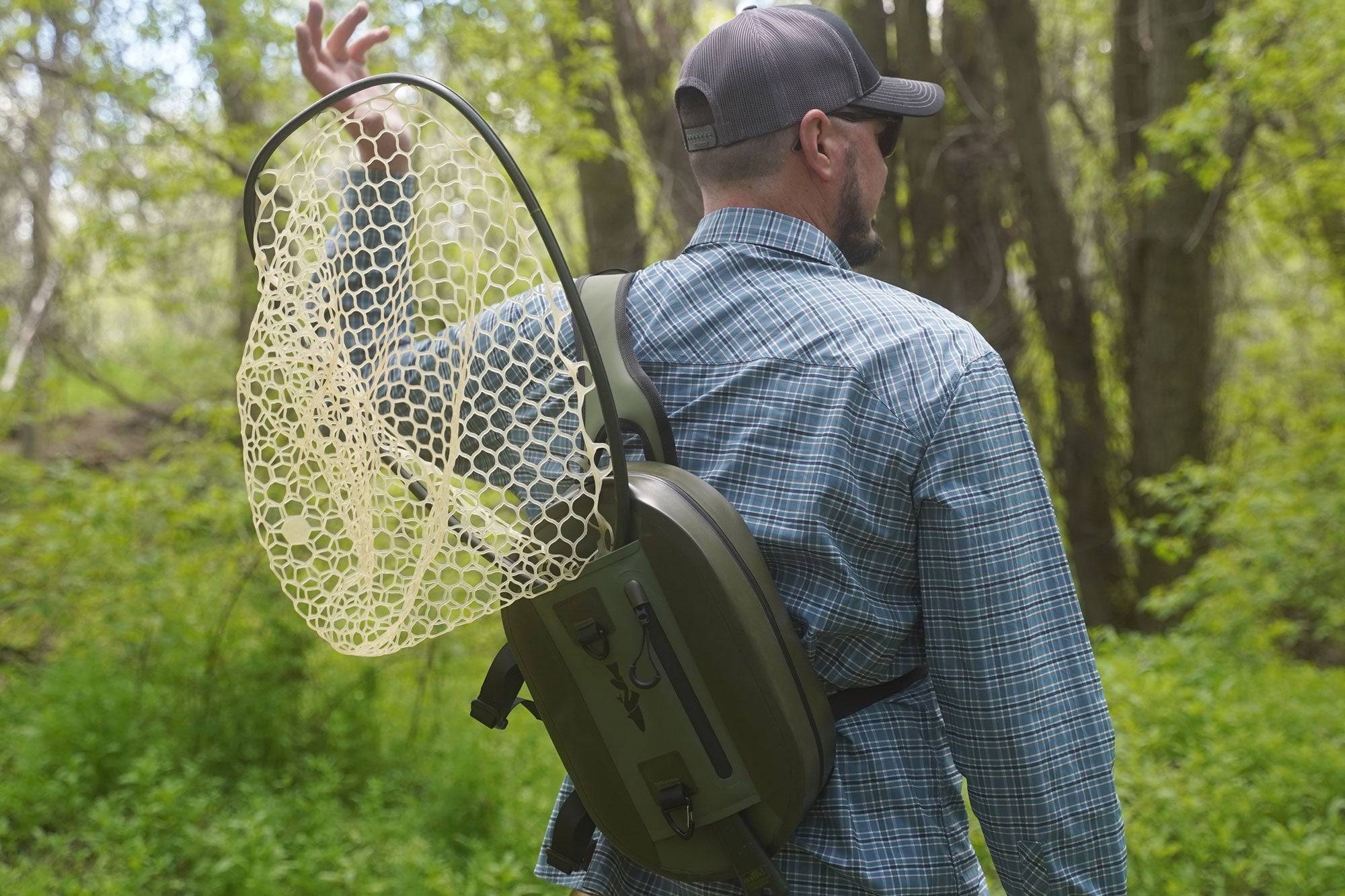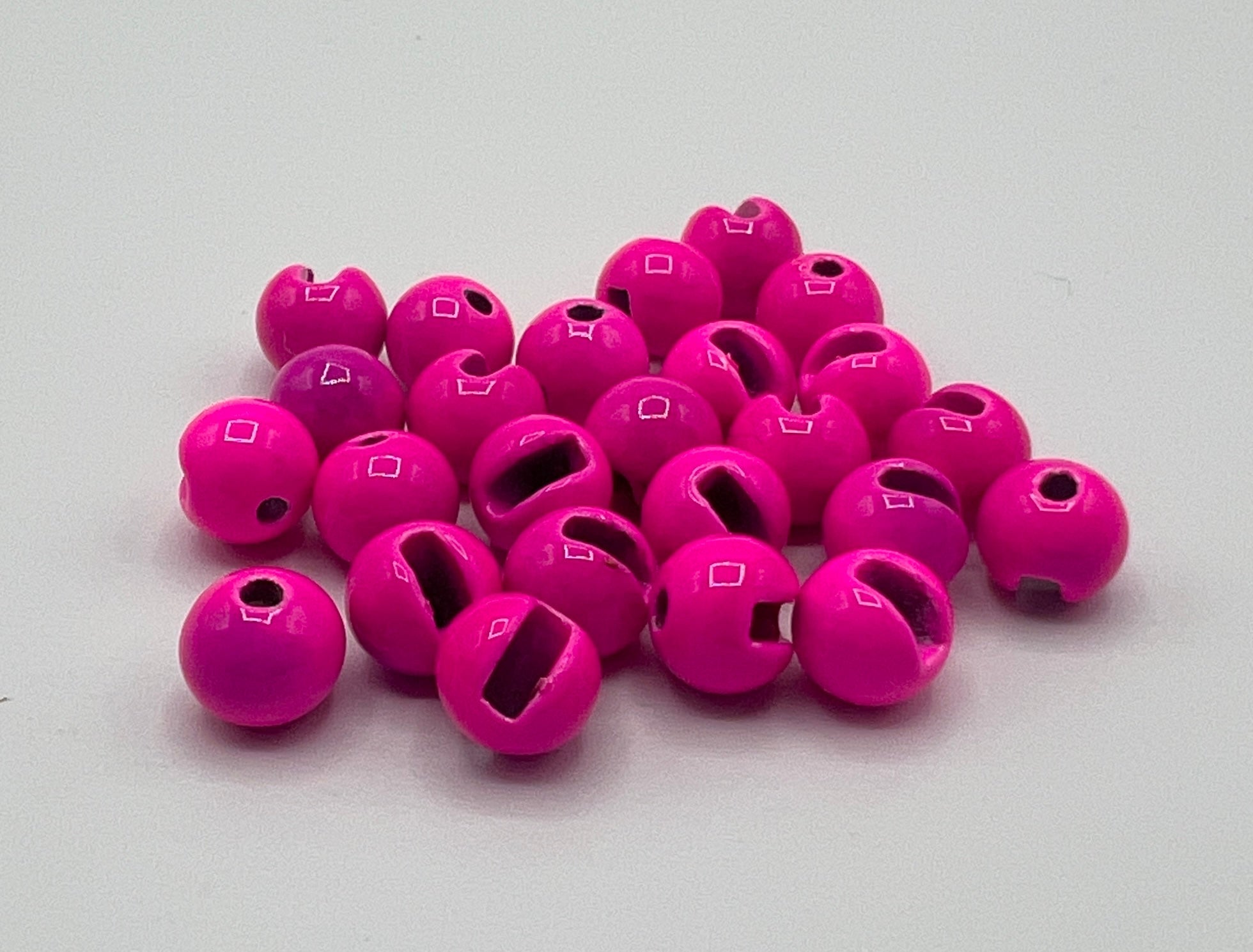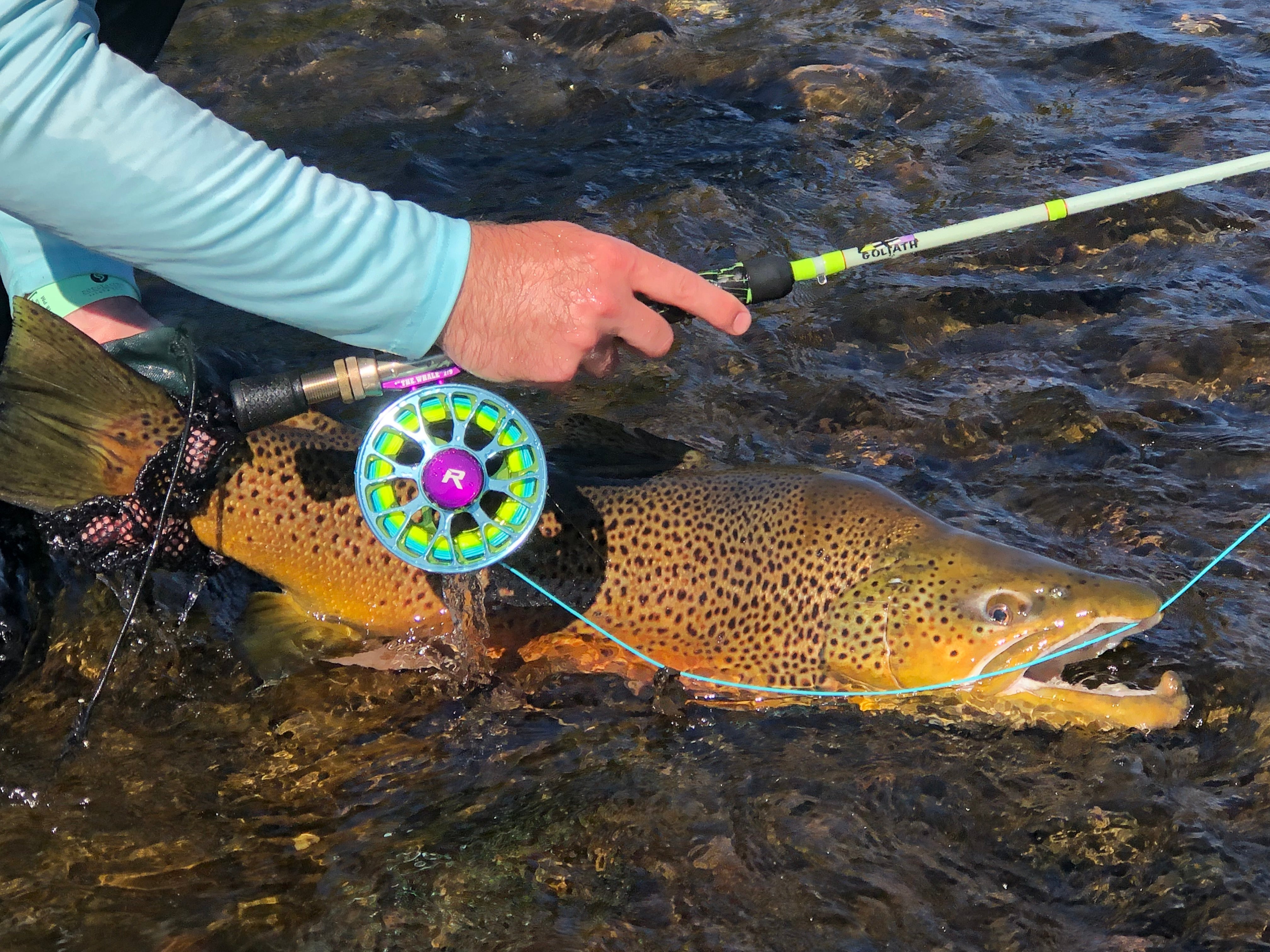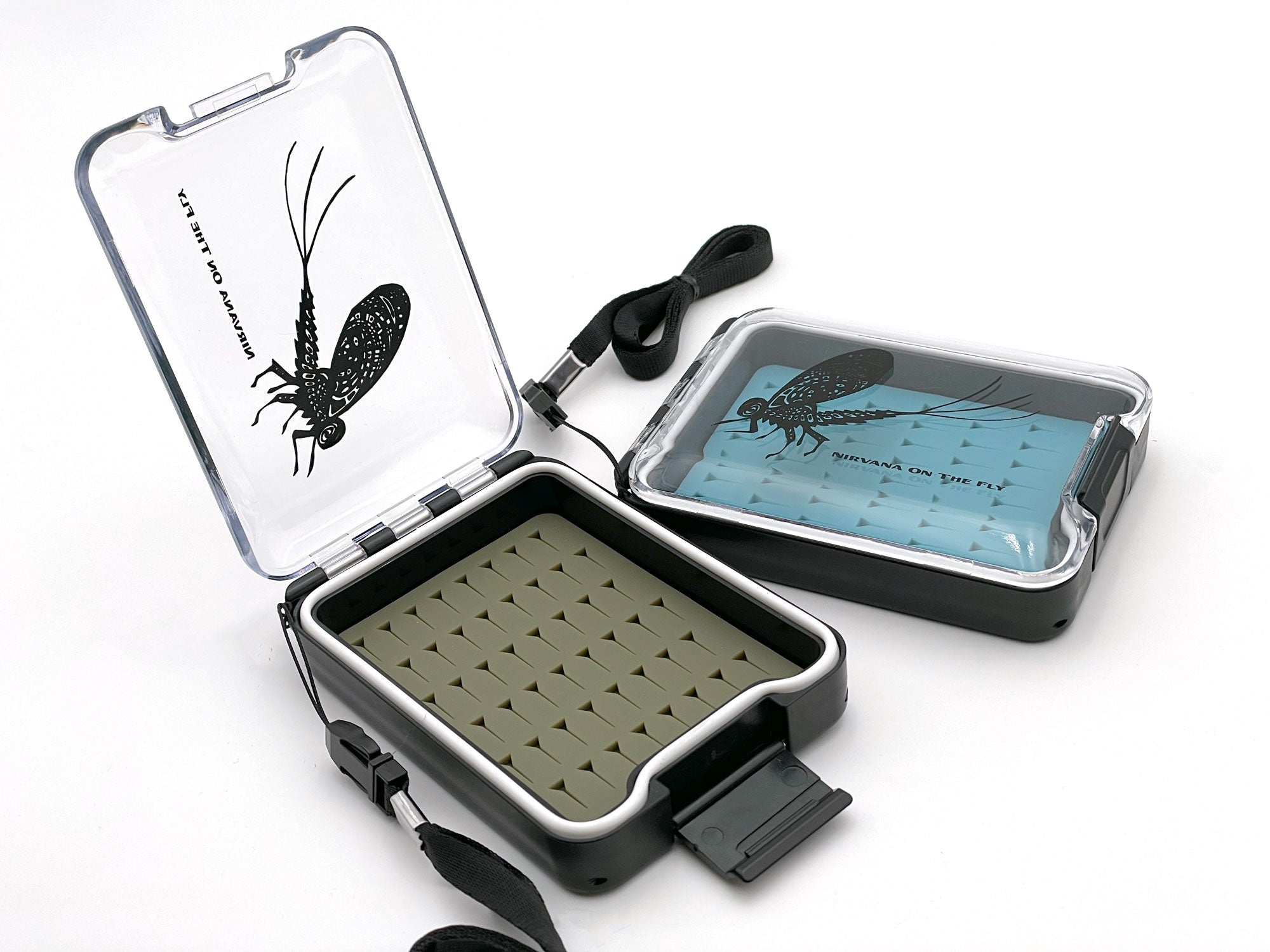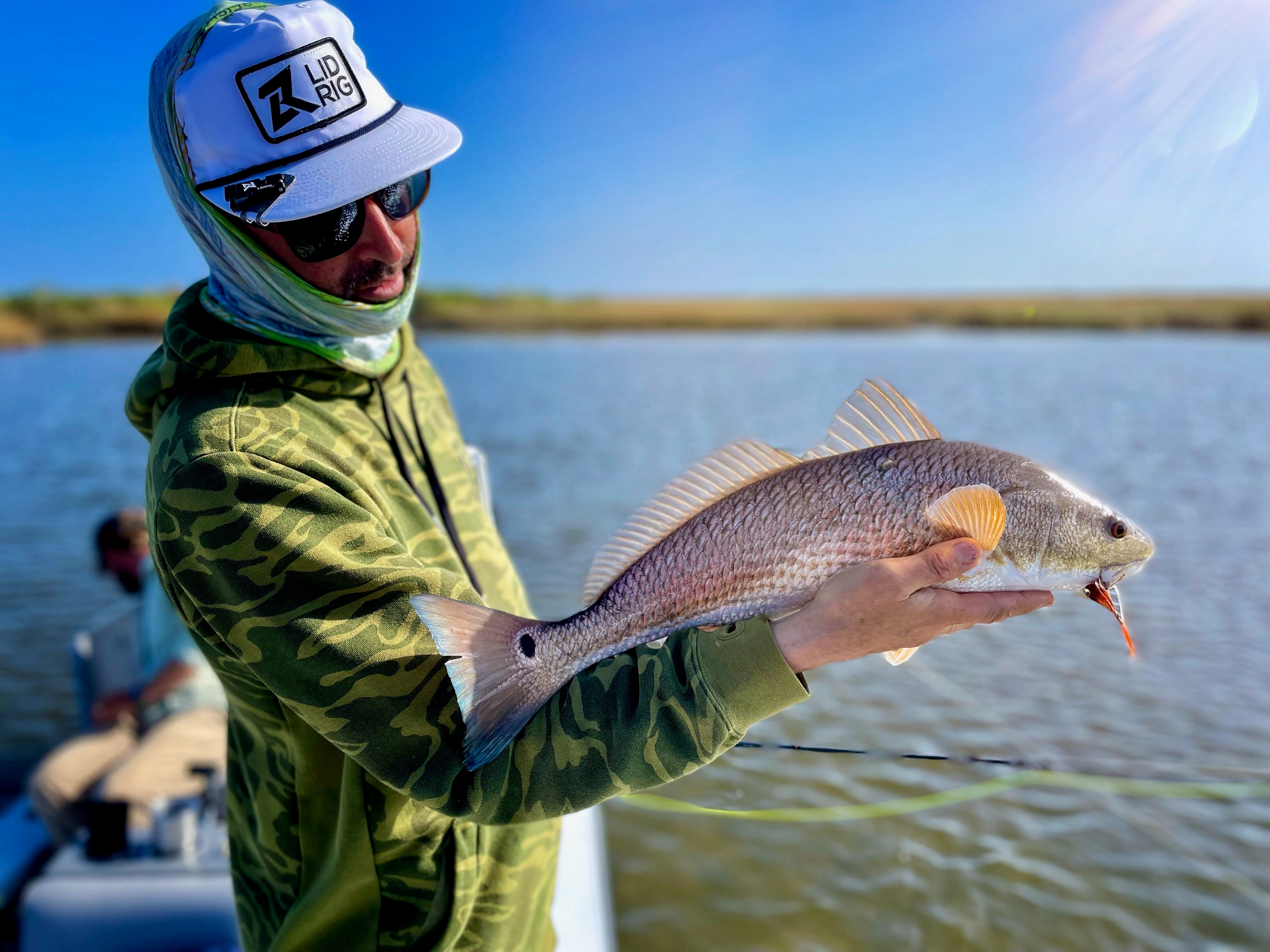If you are a blue liner and love fishing small waters for natives, etc. then you know how a few little things can make your day. Before I get going if you haven’t read So You Want to Go Blue Lining, then I suggest you check that out too.
You see, the thing I love about this style of fishing is that you can go to remote and peaceful places, and doing it light and fast makes it even better. Basic flies, basic gear, and boom you are off to an awesome day of fly fishing.
However, there are a few things over the years that I’ve found to be awesome for making the day just that much better. Of course, I love my one weight, my small pack, and all that other junk but three things make a difference for me in this style. Good tools, low light sunglasses, and light approach shoes. It’s amazing how much of a difference these 3 things bring to my experience.
Good Tools for Blue Lining
Loon Iconic Tool Kit: Loon has a tool kit that has a perfect pair of tools. Every angler has and cherishes great hemostats and nippers because they are used non-stop. In particular, these hemostats have a fine tip, nice scissor-like cutters, and a clip-on handle. When blue lining you are typically on smaller streams where constant adjustment is needed. The nippers will come in handy for building new rigs, shorting tippets, etc. and the hemostats are fantastic for quickly tying nots and removing flies. Because many blue line streams contain smaller fish you can often lengthen the life of your flies by gently removing them with hemostats. The tip is to grab the flies on the hook bend when removing vs. on the material where you’ll often damage it and or render it useless.
Price: Around $57.00

Low-Light Sunglasses
Bajio Sunglasses in Rose or Violet: Bajio has some of my favorite lenses for low light. In particular, they have two colors that work fantastic in low light conditions. The rose and the violet. Low light conditions are common in blue lining because you are often on streams where there has been little traffic. When ducking in under brush, overgrown shrubbery, etc. it can be critical to have a low-light lens to cut the glare. Lastly, they save your eyes. When you are sneaking in and having branches and twigs coming out of nowhere a good set of eye protection is appreciated.
I can recall blue lining in Pennsylvania and weaving my way down between a few smaller sandstone cliffs and coming to an amazing hole. The hole was surrounded by rhododendrons. Although the plants were beautiful they were a pain to get through and caused the hole to be dark and flat. When I switched to a pair of low-light glasses I couldn’t believe the difference it made in clarity. Many bow and arrow casts later I hooked into a brown that was surely king of the hole but unfortunately wasn’t able to land the old bird.
Price: Around $180.00 - $260.00

Wading Shoes vs. Boots for Blue Liners
All Axis Wading Shoes from Korkers: - Korkers offers an approach to wading shoes that lightens the load. I prefer a shoe because I want to be nimble. When I’m blue lining I’m exploring new territory, climbing over rocks, crawling under brush, and typically covering a fair amount of ground. With a light pair of shoes, my feet are more comfortable and the weight difference is tremendous. That is especially true when they get wet. We are typically looking around 3.5 pounds or more for a wading boot and less than two pounds for a wading shoe. Over 3000 steps or more into a hike and one pound per foot can make a huge difference.
Historically, it has been common to get a big pair of boots that protect your ankles. Personally, I big pair of boots is like being asked to twist an ankle. They are often far more awkward than nimble and that is what I’m aiming for. I feel like I can move and move effectively in a pair of shoes vs. boots. I think they have their value but when I’m blue lining I want to be able to move light and fast so I can enjoy the spots I find. My standard setup is wet wading in wading shoes with a pair of heavy wool socks or thin neoprene booties. Then I wear a pair of pants to keep all the brushes, ticks, etc. off me. This is also super helpful when crawling around on the ground. Lastly, I prefer a long-sleeved shirt with a hood. I like the hood and sleeves because I can put up the hood and power my way through branches etc. without losing my hat and sunglasses.
Price: Around $130.00
Here are 3 short videos of a few good friends' blue lining in the eastern USA with small rods. Looks like an absolute blast!

By Christian Bacasa
Host of the Fly Fishing Insider Podcast
www.ffipodcast.com
@flyfishinginsiderpodcast
@dupeafish


